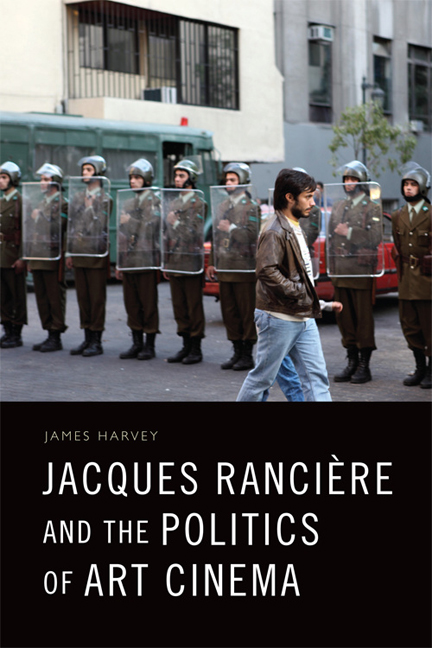5 - Akomfrah’s Foreigner
Published online by Cambridge University Press: 28 April 2021
Summary
[T]he foreigner … persists in the curiosity of his gaze, displaces his angle of vision, reworks the first way of putting together words and images, undoes the certainties of place, and thereby reawakens the power present in each of us to become a foreigner on the map of places and paths generally known as reality.
(Rancière 2003: 3)In his short text, Short Voyages to the Land of the People (2003), Jacques Rancière uses Roberto Rossellini's Europe ‘51 (1952) to present an early thesis on representations of politics in cinema. The ‘curious gaze’ of Ingrid Bergman's grieving, foreign, bourgeois housewife escapes the social distribution of the post-war Italian class system, transforming the spectator's known field of vision. As well as Rossellini's film, Short Voyages to the Land of the People uses the foreigner figure to address the transformative potential the poetry of Wordsworth, Rilke and the utopian socialist philosophy of the Saint Simonians. These diverse encounters frame the foreigner as something other than the pitiful outsider from today's news coverage. Instead, the transformative potential of foreigners comes to realign the partitions distinguishing one reality from another; the figure embodies a unique political potential, capable of instigating radical social reconfiguration. There is also something significant about Rancière's collation of various art forms. While the thematic concern for displacement and reconfiguration remains, the foreigner migrates across forms, invoking an aesthetic strategy alongside the social one. Taking up Rancière's explicit concern for the foreigner's gaze alongside his implicit disregard for medium-specific analysis, this chapter utilises the political aesthetic potential of the foreigner to further my exploration of the politics of art cinema. Recognising Rancière's foreigner as a figure that is as effective formally as much as it is thematically, the foreigner disrupts the politico-aesthetic as much as the socio-historical realm. The concept thereby produces a rupture in the neat divide I have thus far installed between a cinema of politics and a politics of cinema. The foreigner in art cinema lodges us between cinema and politics, providing strategies for society in its artistic invention and for art in its social analysis.
- Type
- Chapter
- Information
- Jacques Rancière and the Politics of Art Cinema , pp. 103 - 121Publisher: Edinburgh University PressPrint publication year: 2018



